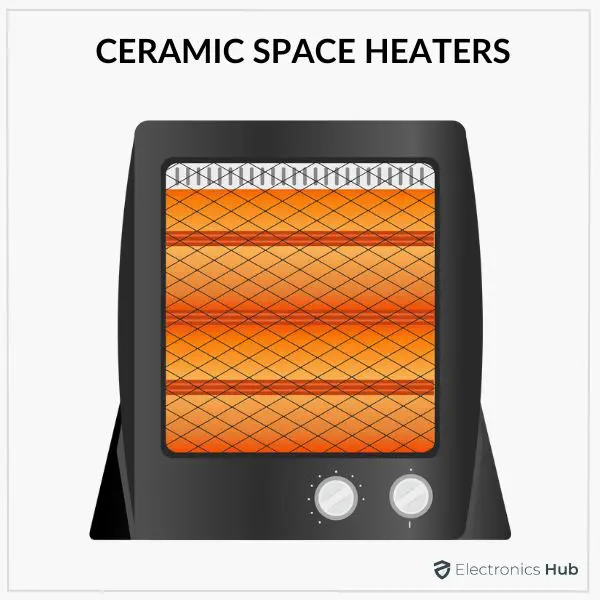The Single Strategy To Use For 1 Source Portable Air
The Single Strategy To Use For 1 Source Portable Air
Blog Article
The Best Strategy To Use For 1 Source Portable Air
Table of ContentsUnknown Facts About 1 Source Portable AirHow 1 Source Portable Air can Save You Time, Stress, and Money.The Basic Principles Of 1 Source Portable Air 6 Easy Facts About 1 Source Portable Air DescribedThe Buzz on 1 Source Portable Air
Running costs are based on an electrical power cost of 40c/kWh. The expenses for 3 months' use in winter season are based on 500 hours use, or roughly 6 hours daily for 3 months. Optimum warmth outcome is based upon the maximum wattage of the designs we have actually tested (we concentrate on higher electrical power heating units).
This depends on what price you're checking out in advance purchase, or running price? Customarily, there are trade-offs with either option. On average, little fan heaters are cheaper to get, but can have higher running prices. Oil column heating systems will be the most inexpensive on the marketplace to run (usually) however only by a narrow margin ahead of convection heating systems (like panel and micathermic panels).
The Greatest Guide To 1 Source Portable Air
If you have a reversible ceiling fan, it'll help disperse the heat around the room much more evenly. The models in our electric heating units examination typically range in price from well under $100 to over $900, however we've discovered a higher price doesn't always indicate far better efficiency. A variety of expensive heating units have stopped working to thrill our testers, while some more affordable models make for surprisingly good buys.
As the name suggests, they radiate warmth from a red-hot home heating component (so the household will have to take turns resting in front of it). Glowing heaters are fairly low-cost.
The reasonably subjected home heating aspect can be a fire and safety threat. A piece of garments dropped over it may stir up, or tiny kids playing around a floor model may shed themselves, so be cautious. Glowing heaters normally set you back between $20 and $200. Oil-filled column heaters don't in fact burn oil they make use of electrical energy to heat up the oil that's secured inside their columns or 'fins'.
The 6-Second Trick For 1 Source Portable Air
Some column heating units aren't also oil-filled yet rather use other material or heating technology to work the same method - 1 Source Portable Air. The danger of fire with an oil column heating unit is low compared to other heater types, but never no. Oil heating units don't have exposed elements like glowing heating units do, and their surface temperature is less than numerous other heater types (their large surface makes up navigate to this website for it)
Oil column heaters will not take off, and while they do not shed their oil to generate heat, it's still flammable, so there is a fire threat if the oil leakages, if read the heating unit topple and leaks, or if flammable things or textile enter into get in touch with or fall on the heater. You should work out the exact same level of care with oil heating systems when it comes to various other heater kinds, and never ever hang towels or clothes over one to completely dry them utilize a drying shelf rather, at the very least one metre away.
Column heating systems are specifically helpful in areas where they'll be switched on for lengthy durations of time or where they'll operate neglected, such as overnight in a room. The surface areas you're most likely to discuss a column heater do not obtain as warm as various other types of electric heaters. You can use a ceiling fan on very reduced speed to aid the column heater to distribute the warmth quicker and more equally.
If there's very little air movement (for instance, if you're resting reading or seeing TV), the warmth may not be dispersed equally. Oil-filled column heaters normally cost in between $50 and $450. Convection and panel heating units attract cool air over an electric burner. The warmed air then leaves the heater and increases in the direction of the ceiling, while cooler air relocate to replace it.
The Basic Principles Of 1 Source Portable Air

Convection and panel heating units are much more portable than their Check Out Your URL oil-filled column heater counterparts because they're significantly lighter. They'll heat the air in an area equally and promptly. Like a column heating system, you can use a ceiling fan on really reduced speed to distribute the heat much faster and more evenly. Some versions, specifically panel heaters, are comparatively pricey to get.

1 Source Portable Air Things To Know Before You Get This
Follower heating units are often smaller sized and more mobile than various other electric heating systems. They also can be found in the form of tower follower heating systems, which can be better for dispersing heat around larger rooms because of their taller account. They can heat the air in a space extra rapidly, uniformly and promptly than some other heating unit types.
They can be fairly noisy with the follower on complete power, though are normally sensibly quiet at lower fan rates. Fan heating units (ceramic or otherwise) usually cost between $60 and $900. Ceramic fan heating systems aren't always any different in cost to non-ceramic versions. A reasonably recent entrant into the consumer market, infrared heating units warm the area like the sunlight heats your face (without the UV rays so no risk of skin cancer cells). 1 Source Portable Air.
Report this page